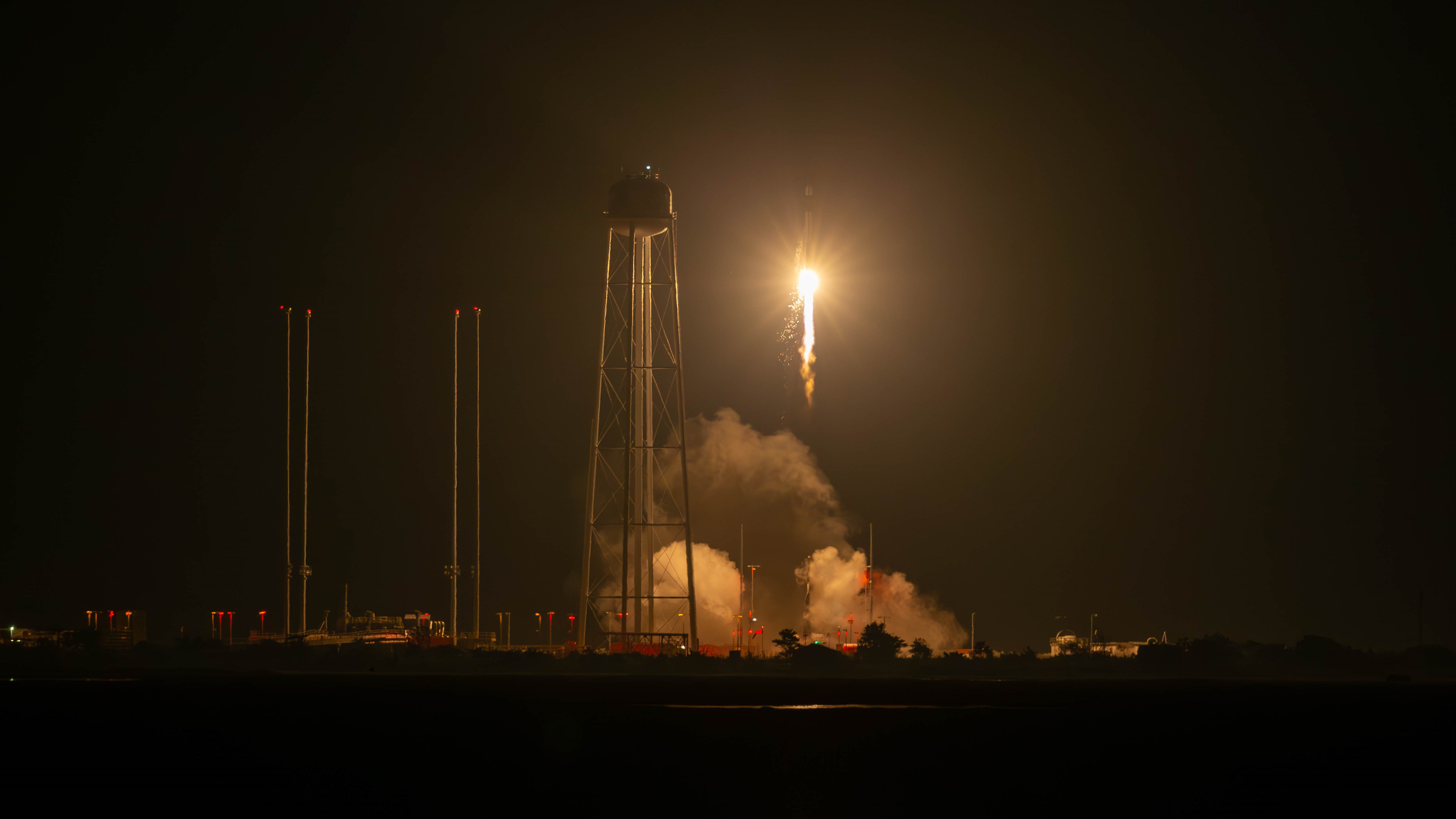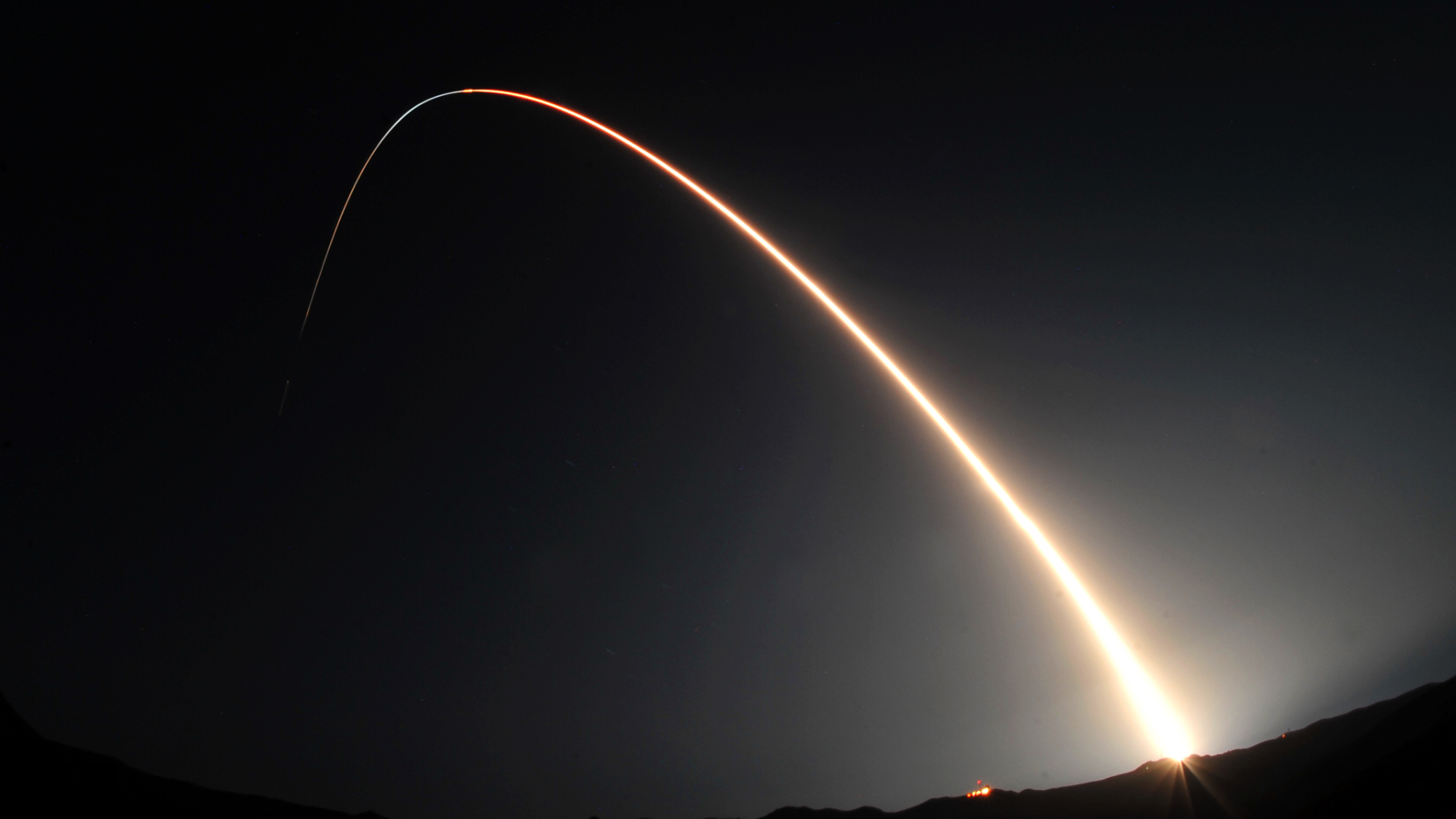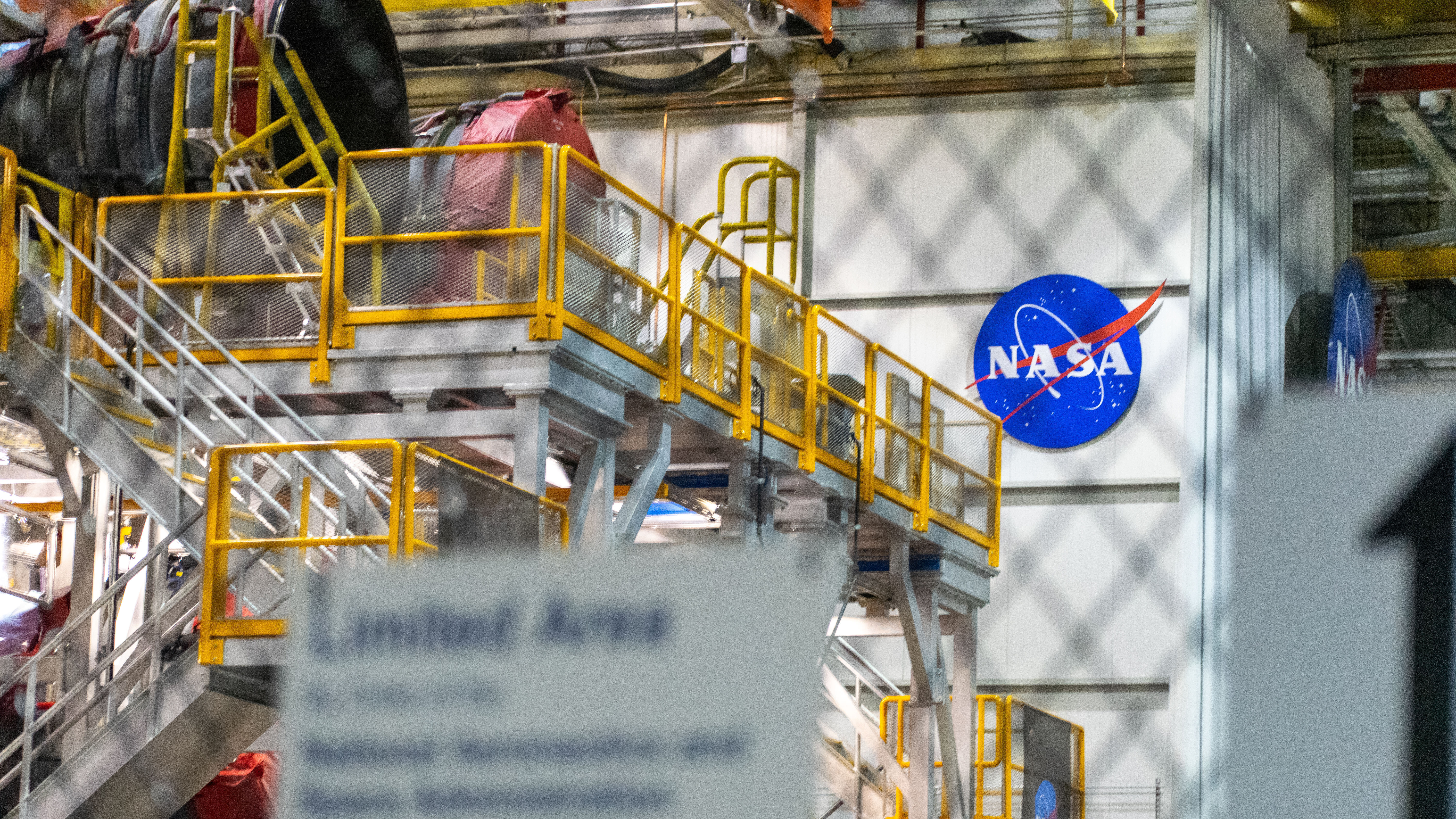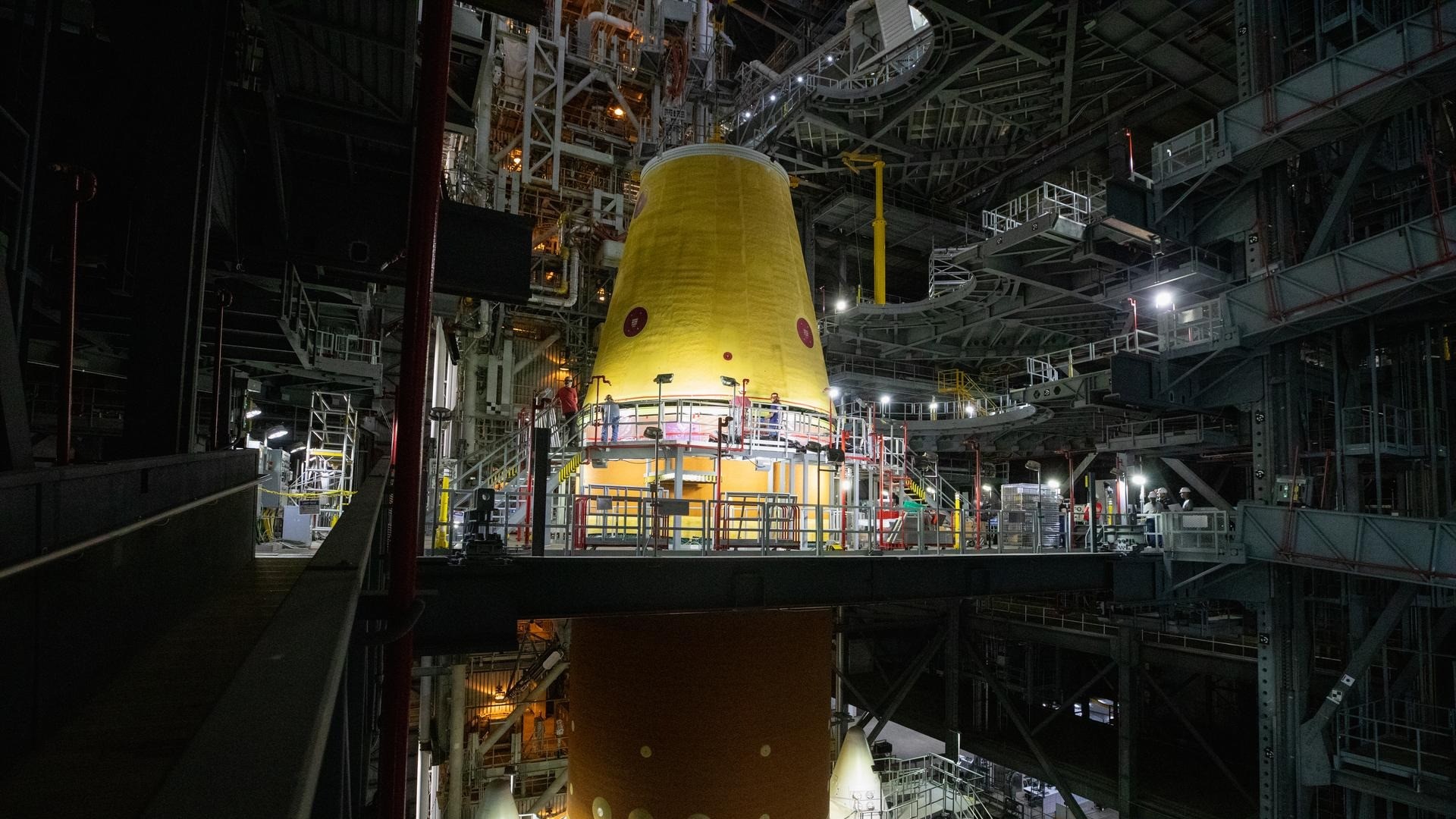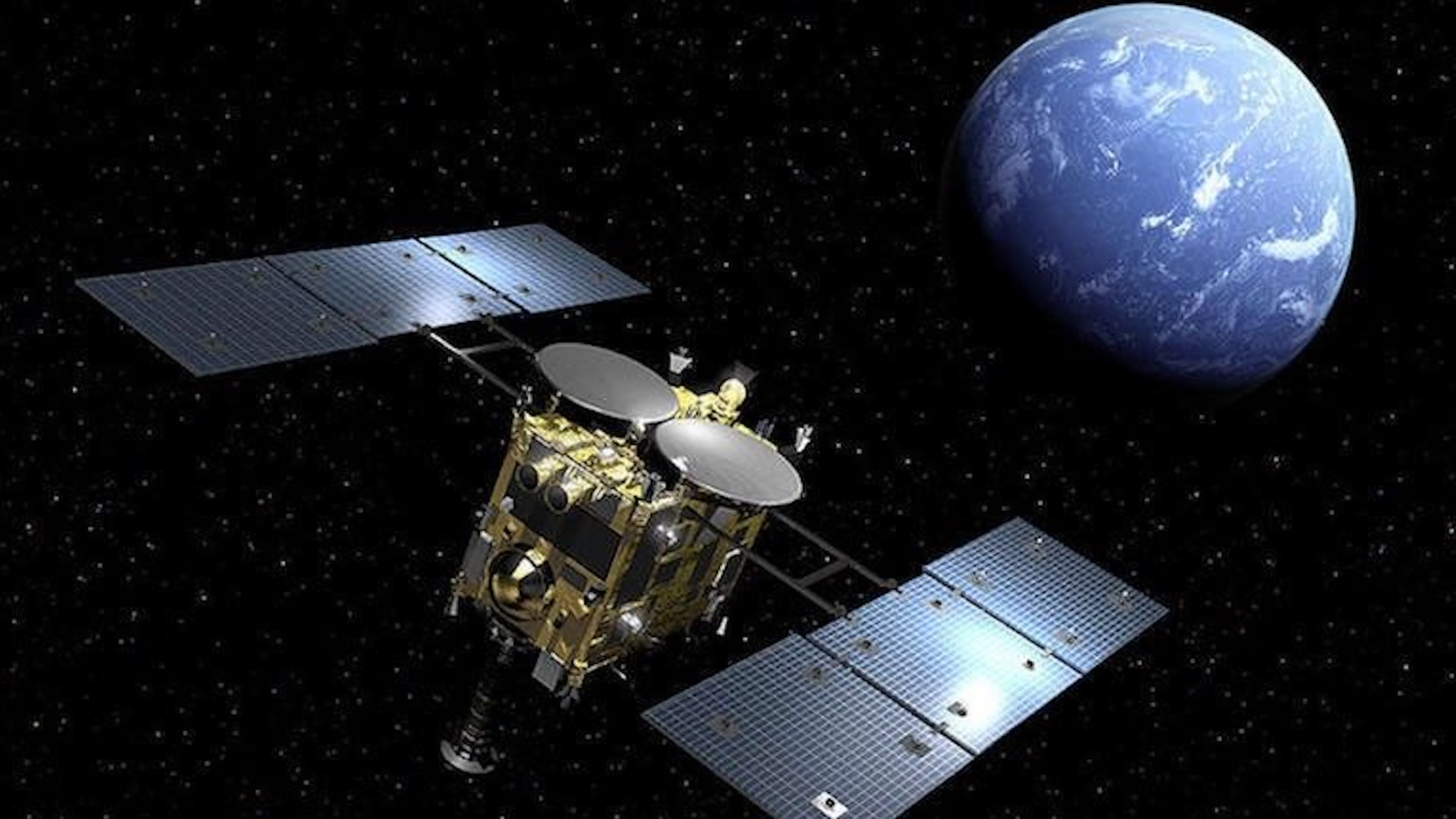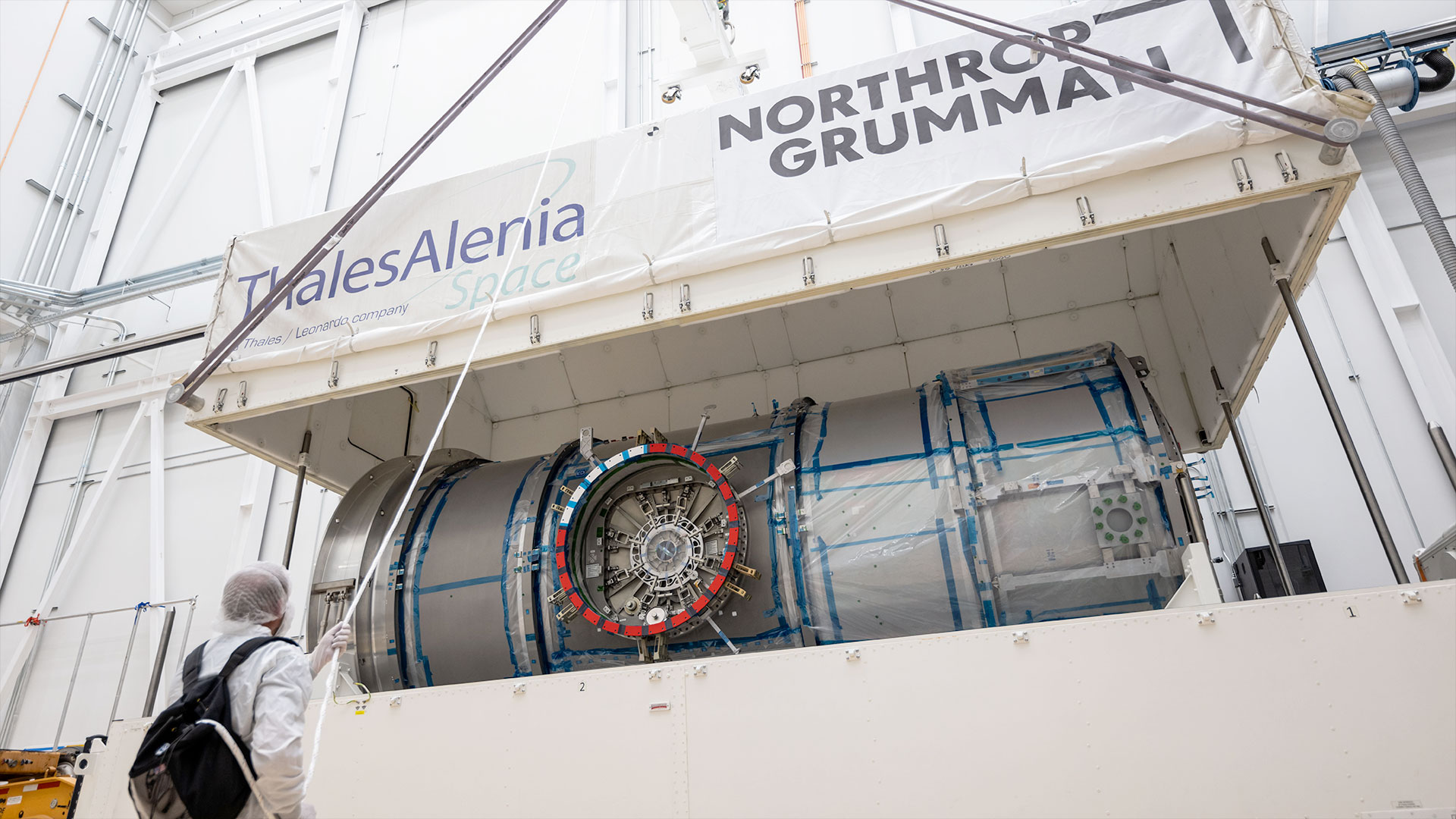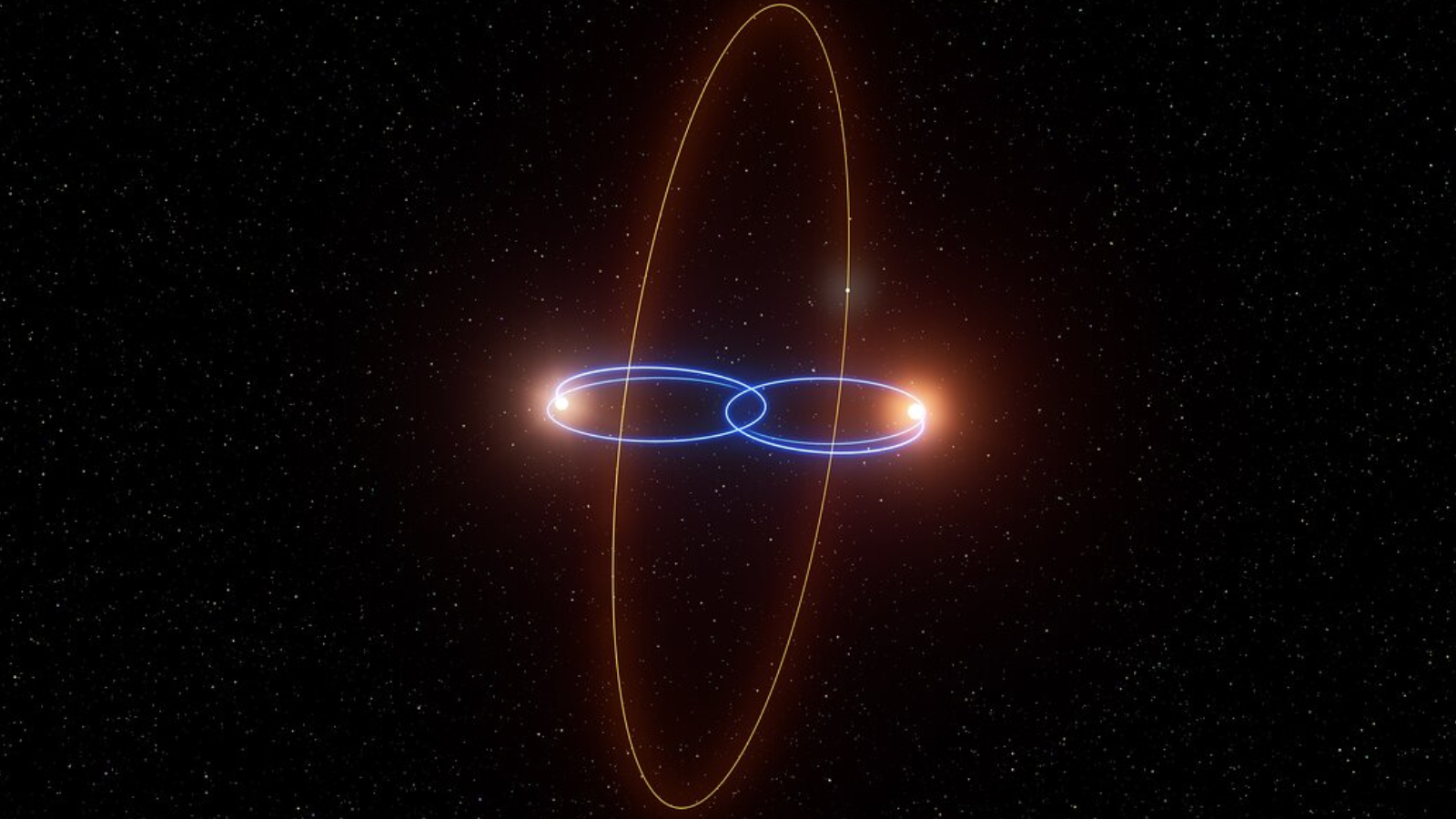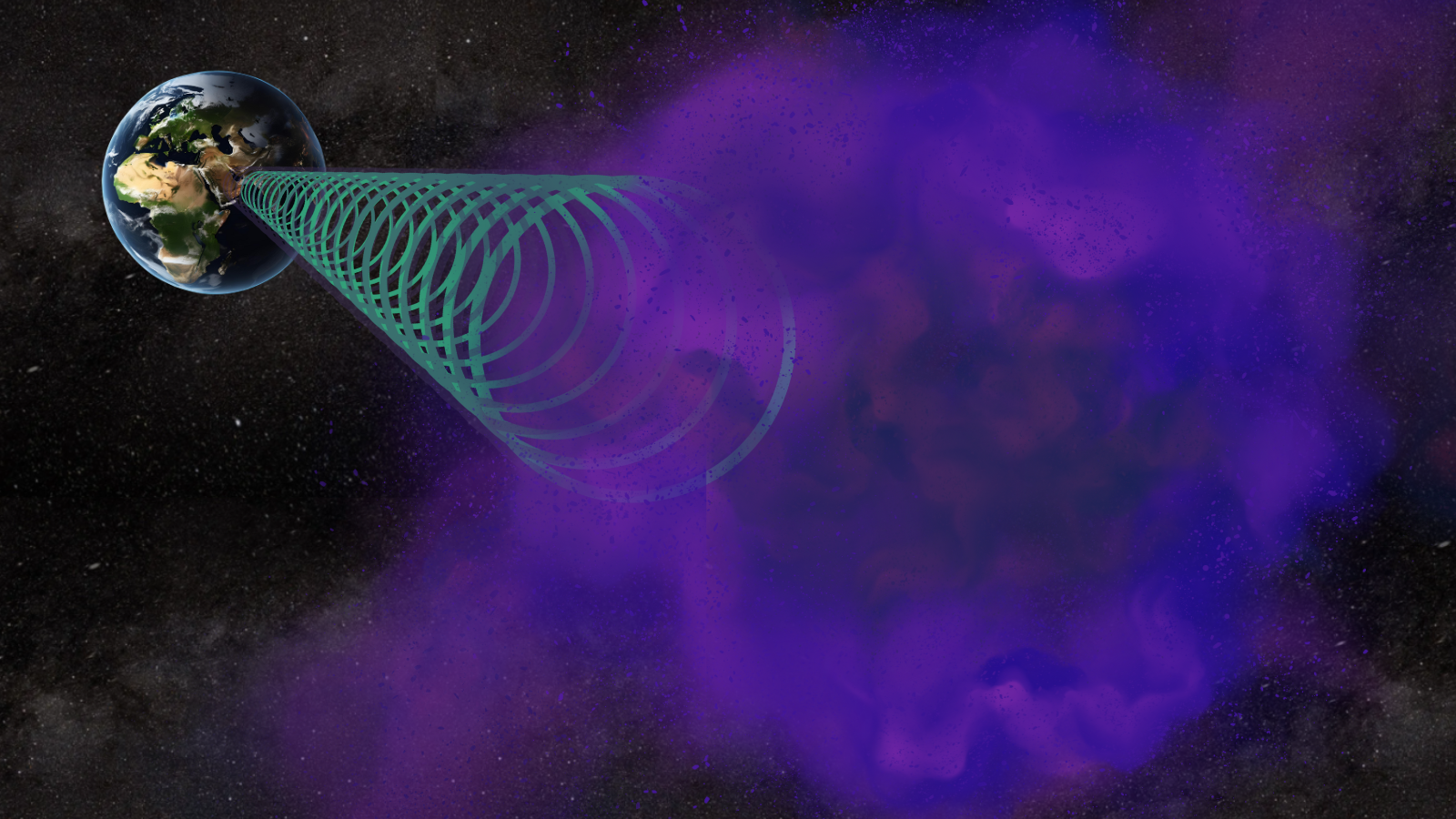Scientists are using NASA satellite data to text Bangladeshi farmers water-saving strategies
A new technology provides regular advice about crop irrigation to farmers via SMS.
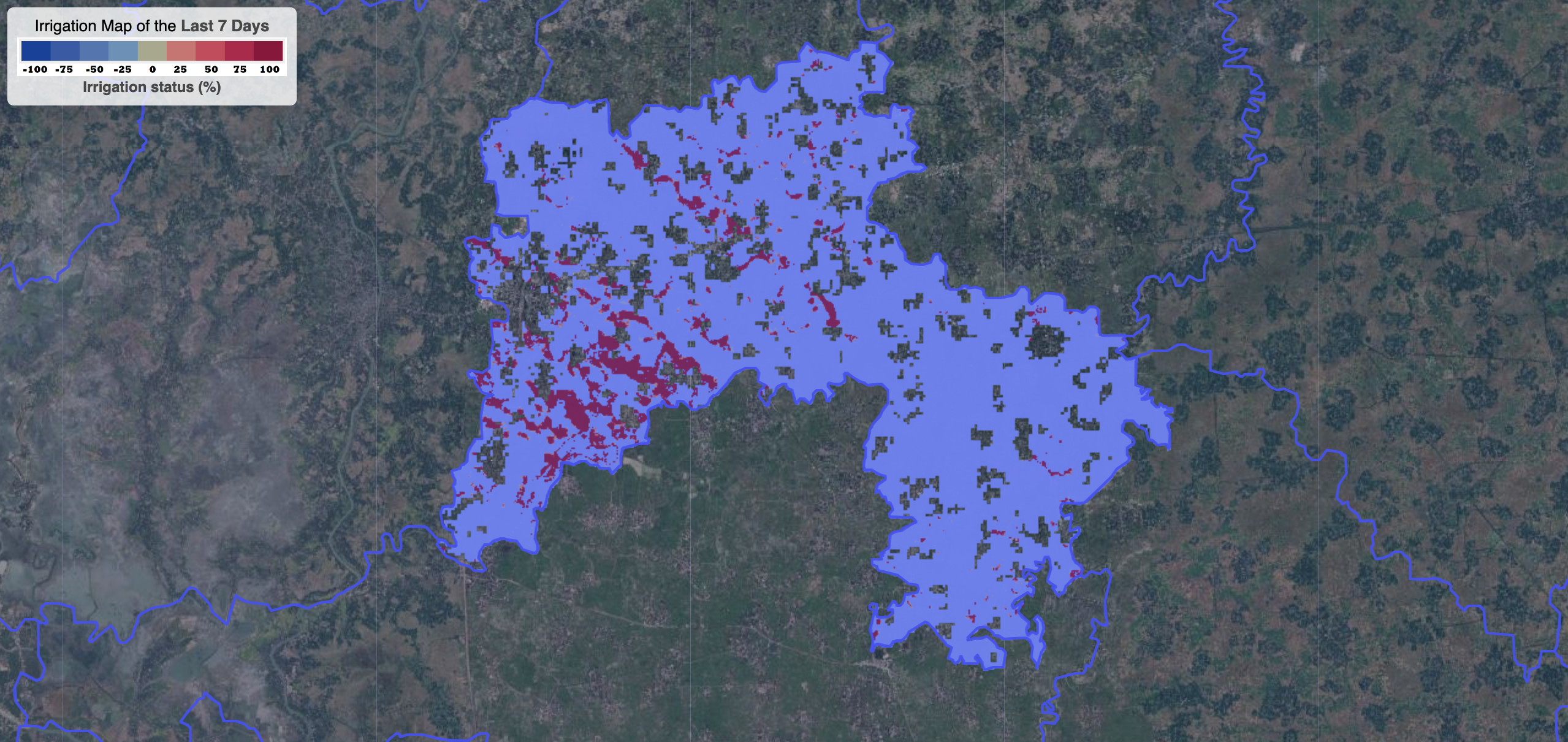
Tapping into NASA satellite data, a new technology is helping farmers in Bangladesh reduce water waste while irrigating rice crops — an effort that could ultimately mitigate the water and energy footprint of the country's large-scale rice production.
The latest version of the Integrated Rice Advisory System (IRAS), a collaboration between the University of Washington and Bangladesh's Ministry of Agriculture, uses data from NASA's Earth-observing Landsat satellite to estimate the amount of water rice crops have consumed. Researchers can compare that data to how much water the crops really need, based on weekly weather forecasts and by taking into account recently performed local irrigations.
Simple, actionable guidance is then sent as SMS to farmers once every two weeks about optimal ways to use groundwater pumping for their specific region.
Such a technology "can help the world become more water-efficient and energy-efficient in growing food, while also becoming more affordable and convenient for farmers," Faisal Hossain, a professor of civil and environmental engineering at the University of Washington in Seattle who leads the IRAS effort, said in a statement.
Bangladesh is currently the world's third largest producer of rice, and farming is the main occupation for nearly half the country's workforce to feed its population of 170 million. Rice, however, is also one of the thirstiest crops — farmers across the country currently use 1.3 million irrigation pumps run by diesel to water them. But, only about 1,400 of those pumps are solar-powered.
Related: Wow! Maxar satellite captures up-close look at NASA's Landsat 8 spacecraft in orbit
Over the years, intensive and unsustainable irrigation practices, like pumping more water into the field than strictly necessary, have decreased the country's groundwater levels so much that monsoon rains are now insufficient to replenish the extracted underground water. Moreover, operating diesel pumps to channel water into fields is not only expensive but also burns fuels that release carbon dioxide into the atmosphere.
Get the Space.com Newsletter
Breaking space news, the latest updates on rocket launches, skywatching events and more!
Thus, technologies like IRAS would be useful to conserve groundwater while helping the country reduce its carbon dioxide emissions, researchers say. "To create sustainable and climate-resilient agriculture for the future, we need to minimize irrigation waste and de-carbonize the production by using affordable solutions that can be scaled globally," Hossain said in the statement.
His team, which has advised 10 million farmers across Bangladesh as of June this year, estimates IRAS has the potential to decrease water waste in agriculture by 30% and reduce carbon emissions by 300,000 tons every year.
Although previous versions of the system have been in use in Pakistan since 2016 — where the technology was first deployed — and in India since 2018, researchers say the latest iteration has been tailored to target Bangladeshi areas known for wasteful irrigation processes.
Between January and May in 2021, which marks the annual season for the boro rice variety, roughly 10,000 text messages were sent to farmers in seven districts in northeastern Bangladesh. An evaluation report published in 2022 notes that farmers who received these messages irrigated nine times less than usual, while pump owners, who control water supply to the paddy fields, reported irrigating 16 times less compared to previous years. The pump owners also reported their revenue decreased by 15%, possibly due to lower demand from farmers.
The report does not state exactly how much total carbon emissions were reduced from those seven districts as a direct result of lesser-than-usual irrigation. Nevertheless, the technology has proven to have tangible benefits.
Prior to its official launch in Bangladesh in 2021, a prototype of IRAS was tested among 165 farmers in 2019. The system proved particularly useful when the Bulbul cyclone struck the country in November 2019, damaging nearly 200,000 hectares (494,200 acres) of crop land, including rice fields, across three full days. Bulbul marked one of the longest and most destructive cyclones the country has had to face in over 50 years — and climate change, exacerbated by human-driven carbon emissions across the globe, continues to see an uptick in these storms' severity.
During such times, rainfalls and flash floods come unexpectedly, so knowledge about how much more water crops need, if at all, was helpful to 78% of the farmers, the study notes.
Despite the project's recent progress in reaching 10 million farmers nationwide, the SMS-based delivery of information comes with a "non-negligible operational cost for phone texting," which for Bangladesh is being accommodated in the limited funds of the country's government. The ceiling on those funds may hinder the technology's potential, as nearly half of Bangladesh's 170 million population remains unconnected to a mobile network.
Join our Space Forums to keep talking space on the latest missions, night sky and more! And if you have a news tip, correction or comment, let us know at: community@space.com.

Sharmila Kuthunur is a Seattle-based science journalist focusing on astronomy and space exploration. Her work has also appeared in Scientific American, Astronomy and Live Science, among other publications. She has earned a master's degree in journalism from Northeastern University in Boston. Follow her on BlueSky @skuthunur.bsky.social


